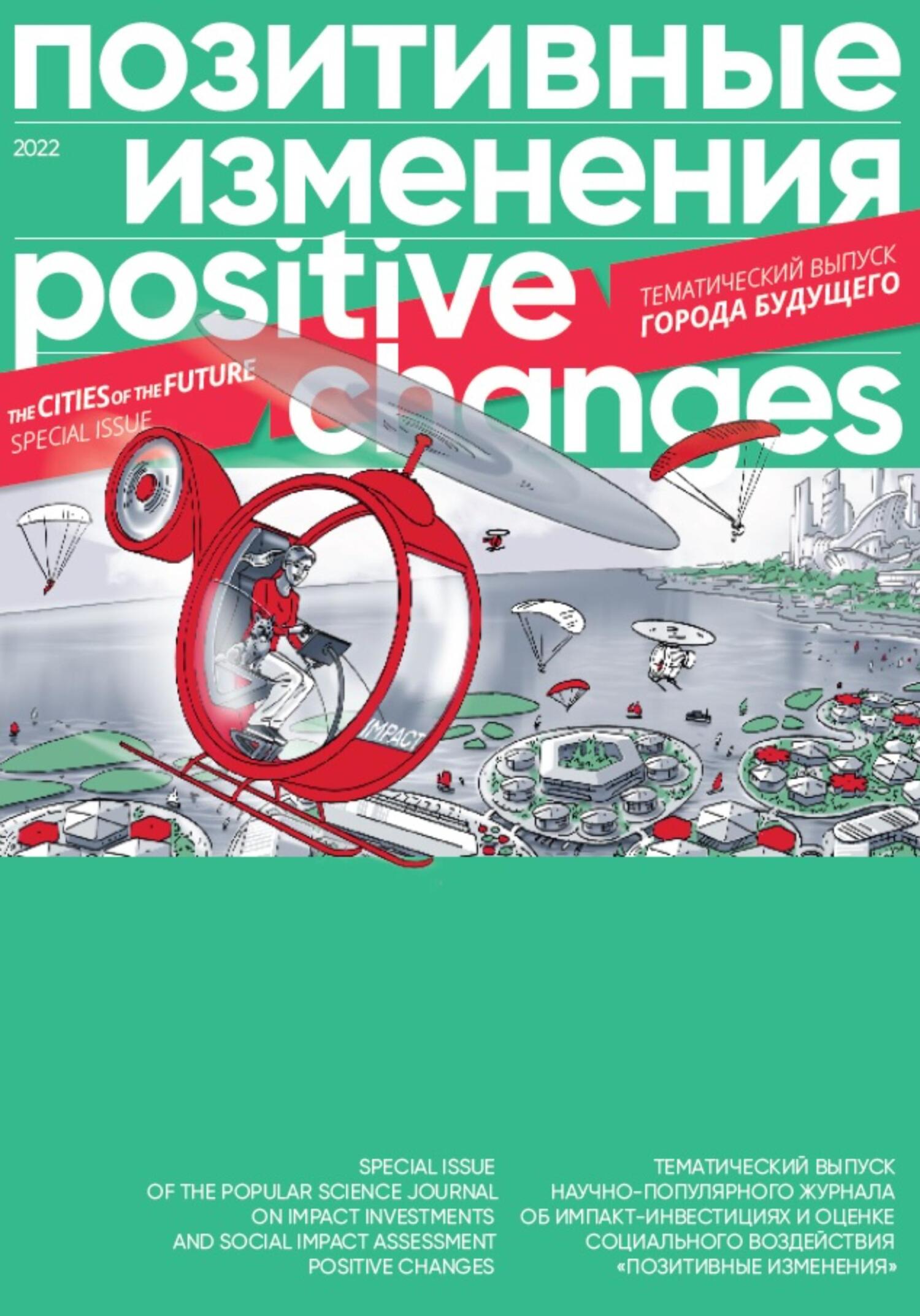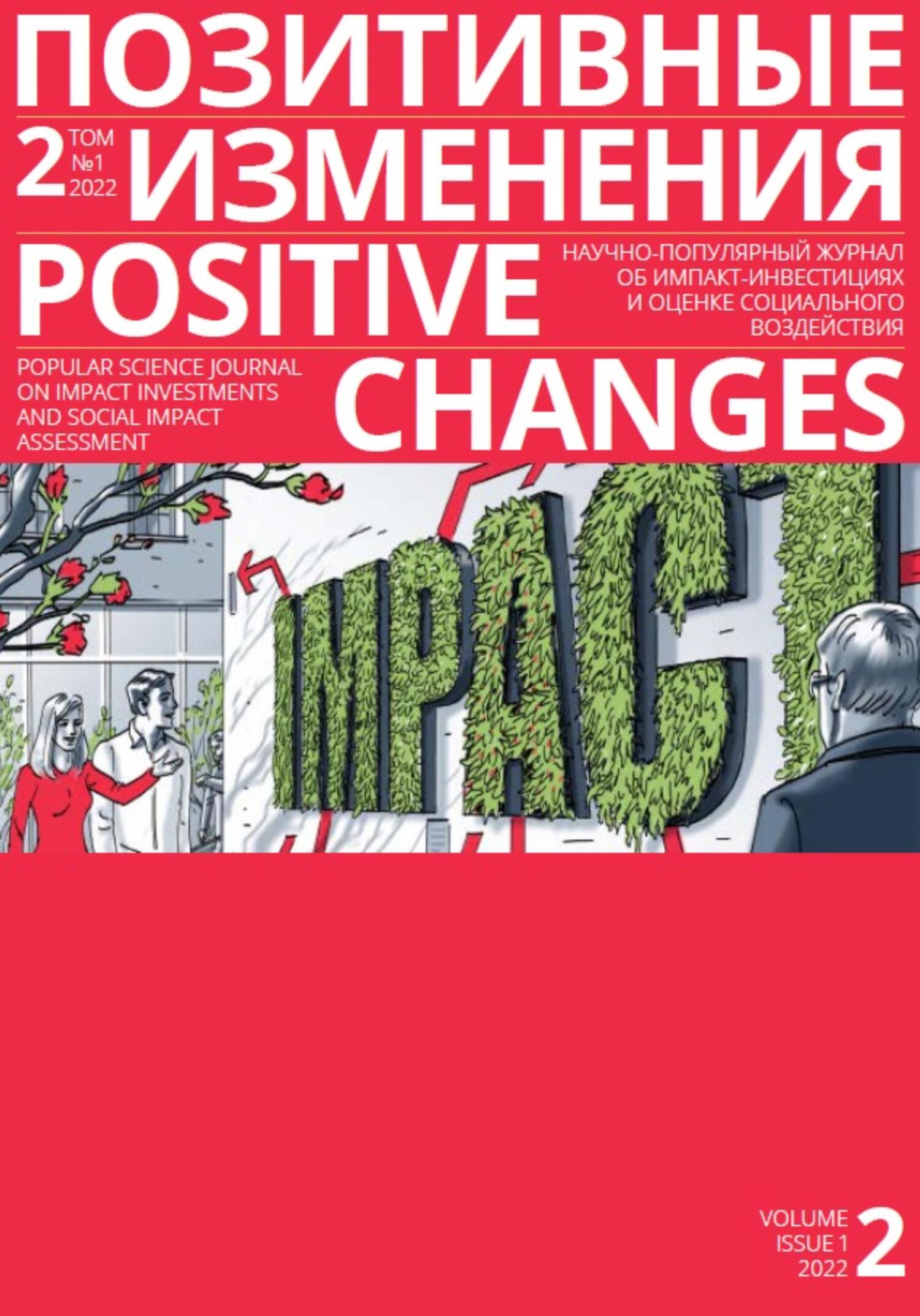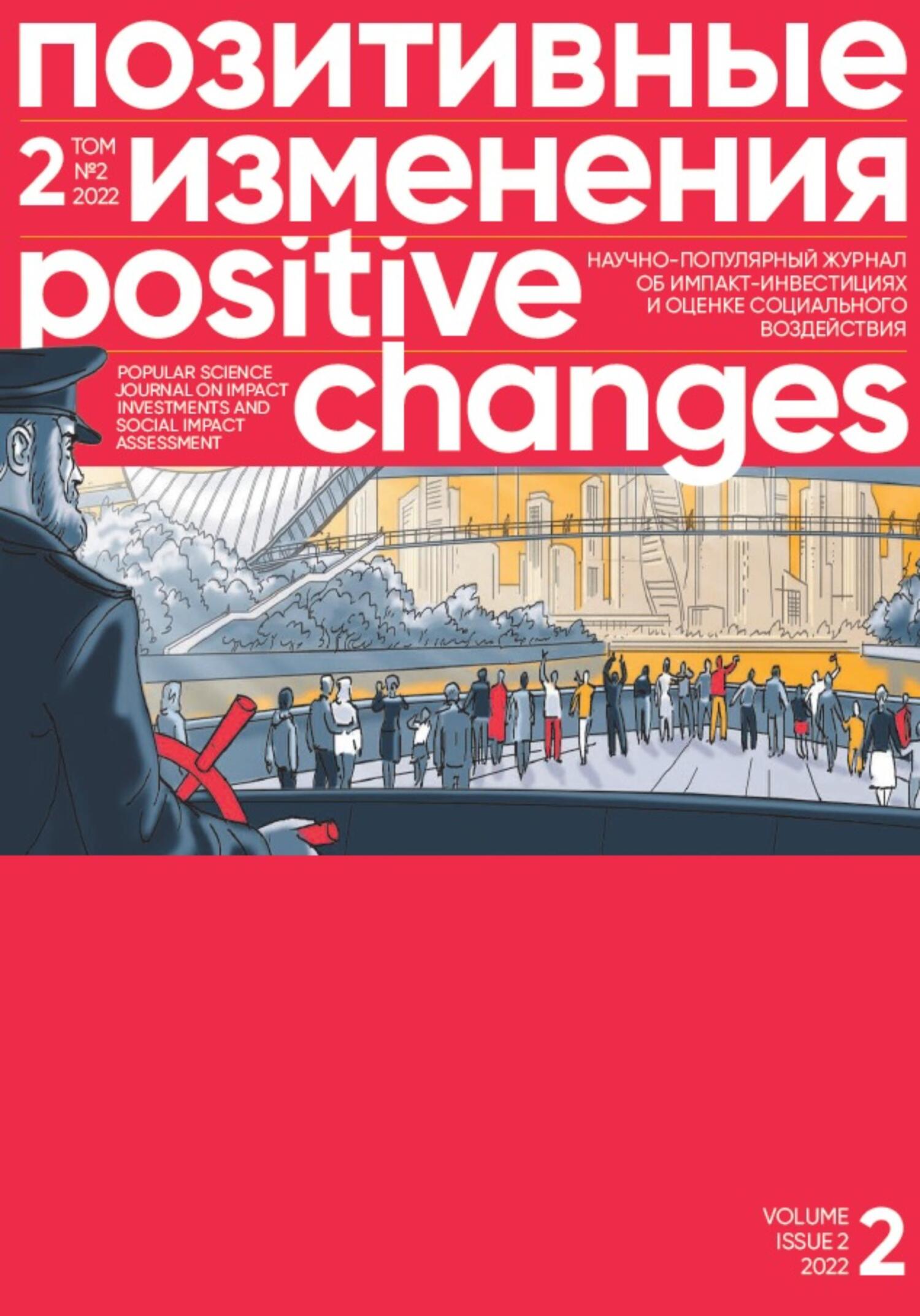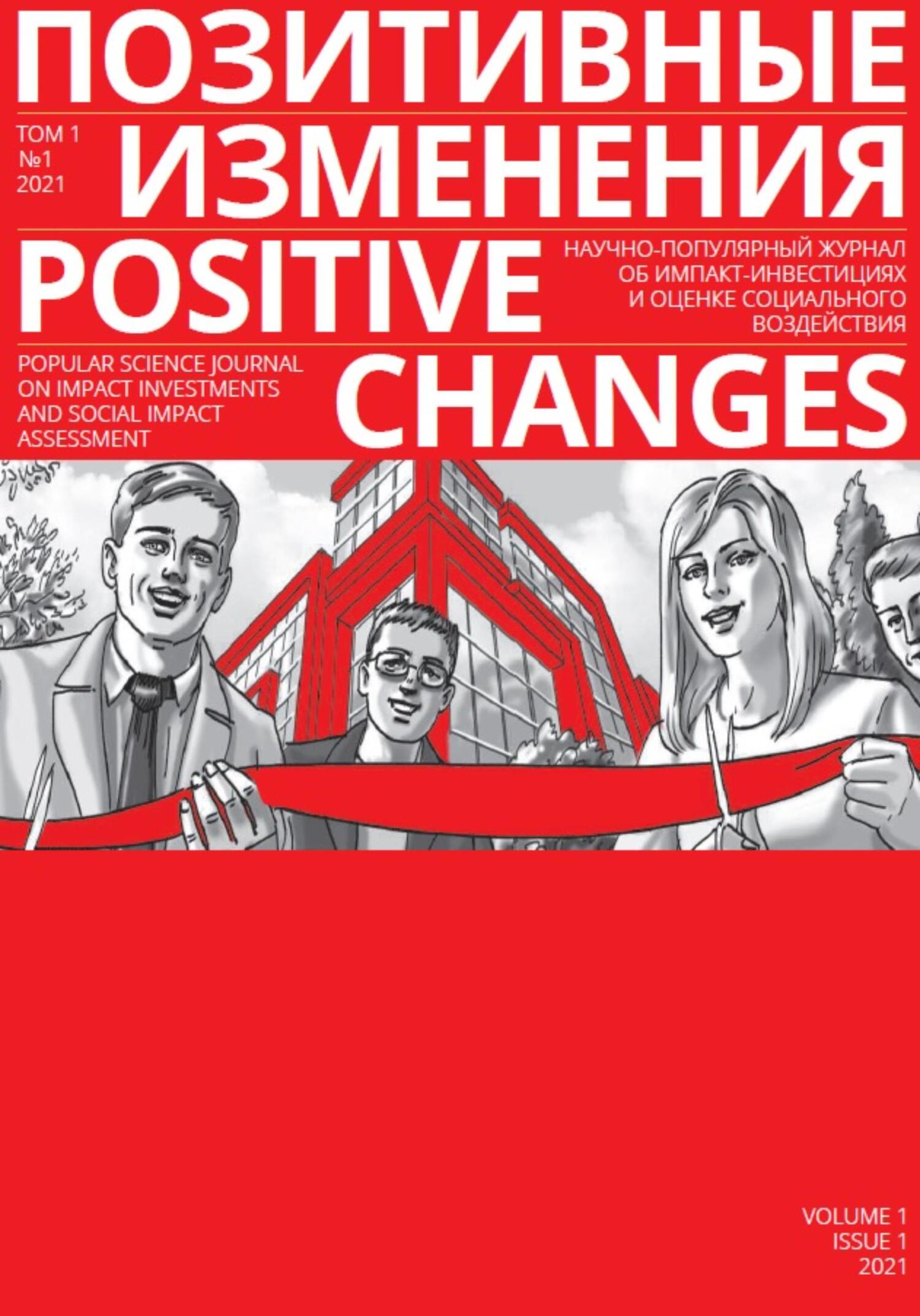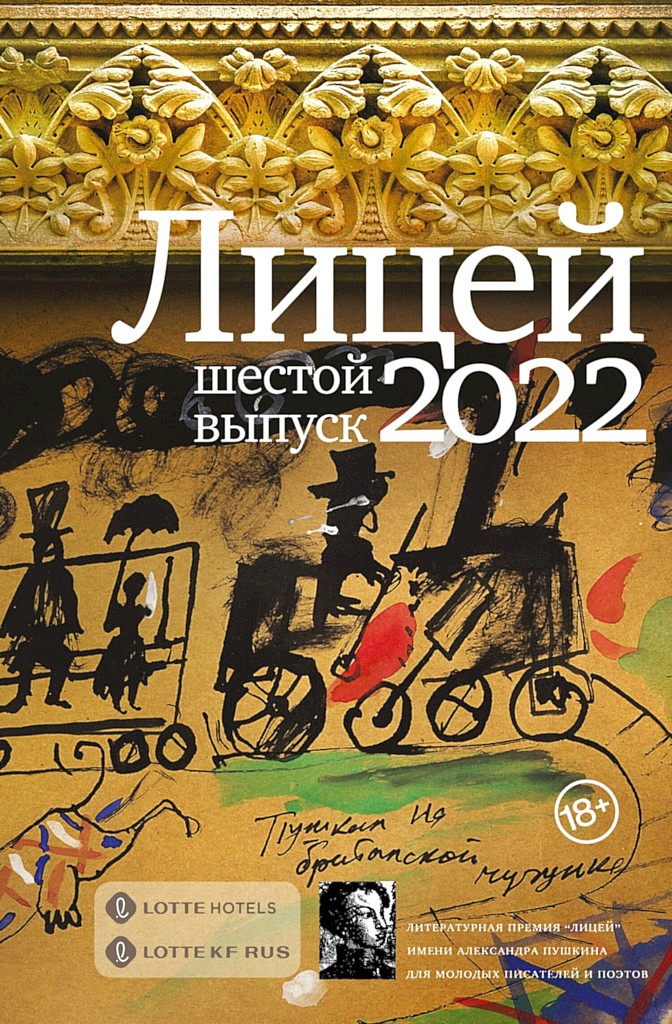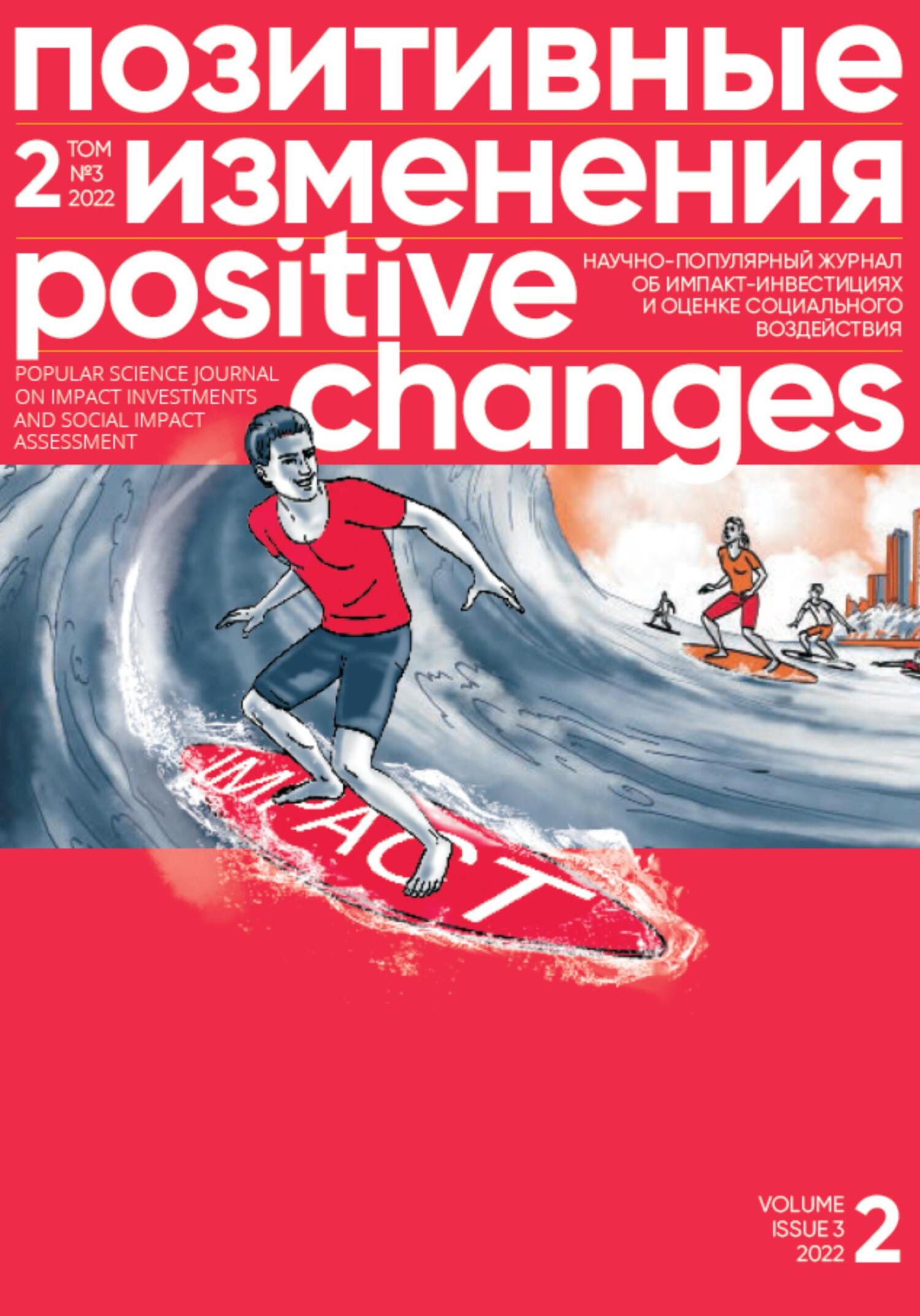period of transition from the medieval to the modern city saw the publication of Thomas More’s Utopia. In it he strongly criticized contemporary industrialization and the negative effects it had on the community: "Your sheep… be become so great devourers, and so wild, that they eat up and swallow down the very men themselves." Here More describes the practice of enclosing farmland as pasture for wool production, which accompanied the creation of the cloth industry in Britain — the beginning of the Industrial Revolution. The enclosures damaged the economic well-being of the peasants, their culture and customs.
Thomas More’s Utopia used Plato’s ideas. In contrast to the emerging industrial society, the agrarian family community was taken as the basis of the ideal city — the city included individual households propagating their craft skills. More’s Utopia is known for then-sensational proposal of abolishing private property and achieving complete uniformity, ultimately ending up in having identical clothes and dwellings. The square city is centrally crossed by a river with cultural and public buildings along its banks.
The spatial arrangement in Utopia is in many ways similar to the concepts of the "ideal city" that were prevalent during the Renaissance. The general principles of these projects were: clear geometric forms, symmetry and centricity, defensive buildings on the edges and public spaces in the center (Romanova, 2015). It is noteworthy that the projects of the "ideal city" were literally utopian — that is, they were abstractly spaced and were common in design, i.e. with no regard to the geographical features of the territory.
THE CITY OF THE BOURGEOISIE: WHAT DOES IT WANT TO BE?
The medieval city ends with the advent of a new social class, the bourgeoisie. They are no longer peasants who farm the land and belong to the landlord, nor craftsmen who are enslaved through the shop and corporate system.
In particular, it was the urban bourgeoisie who participated in the events of the Great French Revolution: the city dwellers opposed the feudal privileges of the aristocracy and advocated the freedom of private property (Hobsbawm, 1999). A French politician known as Abbot Sieyes, a contemporary of the events, formulated the postulates of the third estate (all citizens except the clergy and nobility) as follows: "What is the third estate? — Everything. What has it been so far politically? — Nothing. What does it want to be? — Something." (Sieyes, 2003). After the revolution, the city became "something": the revolutionaries wanted to reflect the new values in the architecture as much as possible, the city dwellers developed a new approach: the palaces of the nobility were turned into public and trade spaces. The French Revolution gave birth to the city of the future: ideal cities were no longer abstract, but became subject to rational design (Romanova, 2015).
Thomas More’s Utopia used Plato’s ideas. The book is known for then-sensational proposal of abolishing private property and achieving complete uniformity.
More laid the foundations of utopia — a separate genre at the nexus of fiction and journalism. In the 19th century, Enlightenment ideas produced a new class of writers, i.e. utopian socialists, who focused separately on the city and how people’s coexistence could serve the purpose of moral development.
The Industrial Revolution revealed iron as a new construction material: it was used to build exhibition halls, train stations and pavilions, or, in other words, — public spaces (Benjamin, 1996). Covered shopping streets — passages — became a feature of Napoleonic-era Paris. It was in the passages that Charles Fourier saw the Phalanstère. The idea was to create a self-sufficient commune of about a thousand and a half people who would live in one phalanx house. Residential blocks are connected to the central multipurpose block by means of covered passage galleries, and the zoning is vertical: the underground level is allotted for utility rooms, and the upper levels — for living.
A series of revolutions and counterrevolutions drastically changed the face of the city. For example, as an act of counterrevolution during the restoration of the monarchy, one of the most famous urban redevelopments, the so-called Ottomanization of Paris, was performed. The mayor, Baron Osman, carved wide boulevards in order, among other things, to prevent the erection of barricades. Thus, narrow and unroadworthy medieval streets turned into a pedestrian area where one can enjoy contemplating the city and its social life. Depicted in the work of artists, the reconstruction strongly influenced the image of the ideal city, and pedestrian areas became a must in modern urban planning.
It was about the new, urban, class that the first research works on the city were written. G. Simmel's famous essay (2002) sees the city as a phenomenon of modernity, as the cause of the soaring individualization and dissociation of the inhabitants. In many ways, this critical work remains relevant to the present day, and is taken into account in designs of the city of the future. F. Tönnies (2002) linked the worldview of the urban class to the emergence of society as contrasted with the collectivity inherent in the village. It is worth noting that the division between the city and the village began in the early Middle Ages and led to social distinctions that only met with criticism in the late 19th century. This criticism is embodied in E. Howard’s Garden City project, which removes the division between the city and the village.
Howard’s idea was to unite suburban gardens and the city into one space without slums (Beevers, 1988). In particular, his ideas included still relevant remarks, that workplaces should be on the outskirts and public spaces in the center (Ibid.). This will reduce shuttle migration and prevent the creation of commuter towns, that is, the infrastructure addresses social challenges. These ideas will be reflected in the concept of the 15-minute city of the 21st century, which is used in the development of master plans for cities in Austria and France.
Next to Howard’s Garden City is Le Corbusier’s Ville Radieuse. Ville Radieuse consists of high-rise
